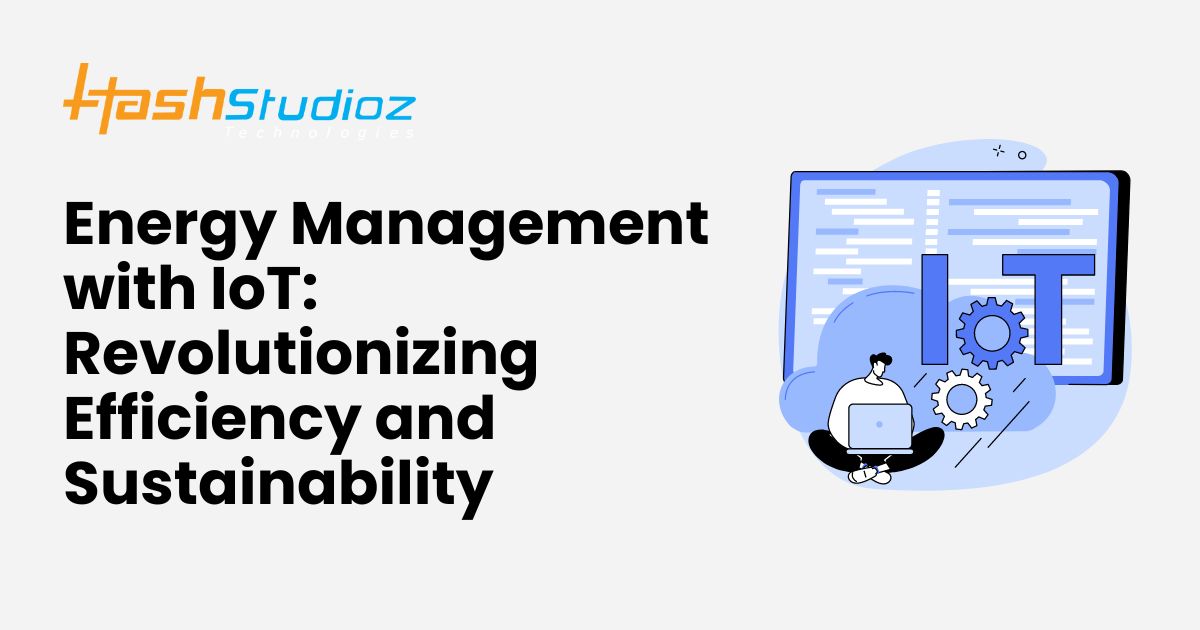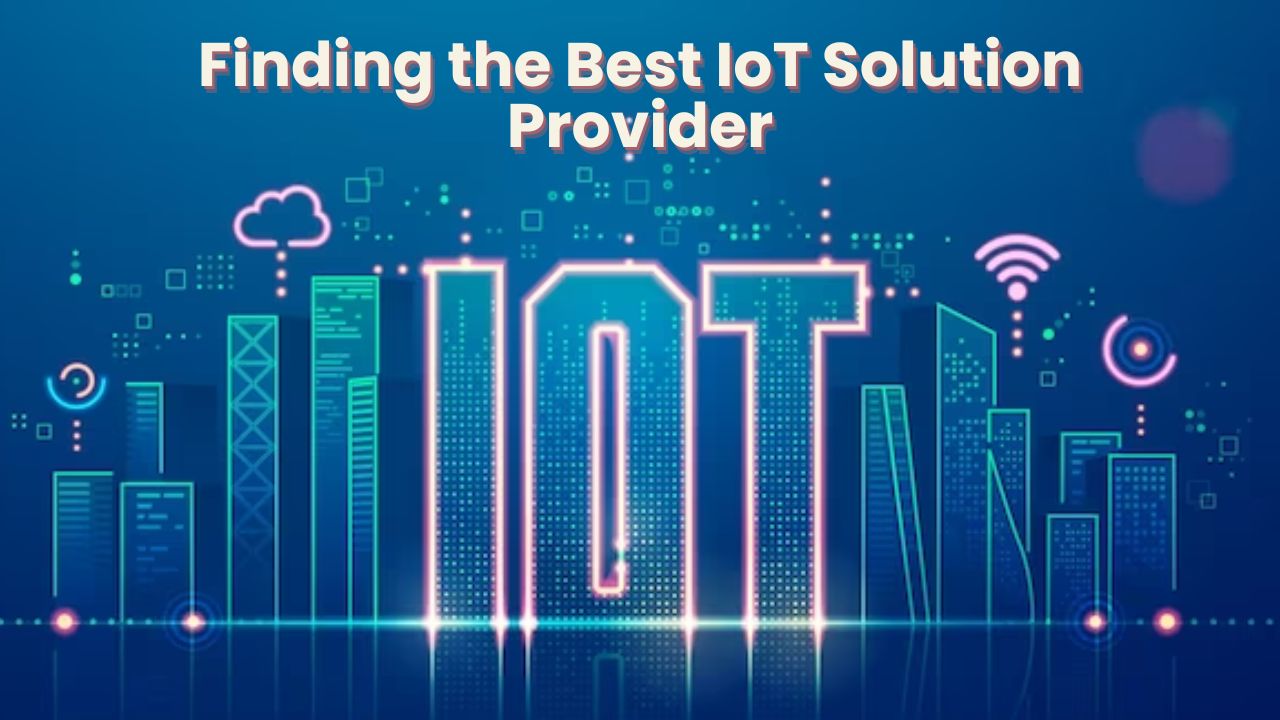In today’s fast-paced world, efficient energy management has become a critical focus for businesses and homeowners alike. As we strive for greater sustainability and cost savings, integrating Internet of Things (IoT) technology into energy management systems is transforming how we monitor and optimize energy usage. This article explores the revolutionary impact of IoT on energy management, offering insights into how this technology can drive efficiency and sustainability.
What is IoT and How Does it Relate to Energy Management?
Internet of Things (IoT) refers to the network of interconnected devices that communicate and share data over the internet. These smart devices, equipped with sensors and software, collect and transmit data in real time. In energy management, IoT technology enables advanced monitoring, control, and optimization of energy consumption across various applications.
The Benefits of Integrating IoT into Energy Management
- Real-Time Monitoring and Analytics
IoT devices provide real-time data on energy consumption, allowing businesses and homeowners to monitor their energy usage with unprecedented accuracy. Advanced analytics platforms process this data to identify trends, anomalies, and opportunities for improvement. By leveraging this information, users can make informed decisions to reduce energy waste and lower utility bills. - Automated Energy Control
One of the most significant advantages of IoT in energy management is the ability to automate control systems. Smart thermostats, lighting controls, and energy-efficient appliances can be programmed to adjust their operation based on real-time data and user preferences. This automation enhances comfort and ensures that energy is used more efficiently. - Predictive Maintenance
IoT sensors can monitor the condition of energy-related equipment, such as HVAC systems and electrical panels, to predict potential failures before they occur. Predictive maintenance helps prevent unexpected breakdowns and extends the lifespan of equipment, reducing repair costs and minimizing downtime. - Enhanced Energy Efficiency
IoT technology enables dynamic energy management by adjusting energy usage based on occupancy, weather conditions, and other factors. For example, smart building systems can optimize heating and cooling based on the number of occupants and the time of day. This level of precision helps achieve significant energy savings and contributes to overall energy efficiency. - Integration with Renewable Energy Sources
IoT systems can seamlessly integrate with renewable energy sources like solar panels and wind turbines. By monitoring the production and consumption of renewable energy, IoT solutions ensure that excess energy is utilized efficiently or stored for future use. This integration supports sustainable practices and reduces reliance on non-renewable energy sources.
Case Studies: Successful Implementation of IoT in Energy Management
- Commercial Buildings
Many commercial buildings have adopted IoT solutions to optimize their energy usage. For example, smart building management systems (BMS) use IoT sensors to control lighting, heating, and cooling based on real-time occupancy data. These systems have demonstrated up to a 30% reduction in energy consumption. - Residential Homes
Homeowners are also benefiting from IoT technology through smart home devices. Smart thermostats and lighting systems adjust energy usage according to household routines, resulting in lower utility bills and a smaller carbon footprint. Home energy management systems (HEMS) provide homeowners with insights into their energy consumption patterns and offer recommendations for improvement.
Challenges and Considerations
While the benefits of IoT in energy management are substantial, there are challenges to consider:
- Data Privacy and Security: Ensuring the security of data collected by IoT devices is crucial. Implementing robust cybersecurity measures helps protect sensitive information from potential breaches.
- Integration with Existing Systems: Integrating IoT solutions with legacy energy management systems may require additional investments and technical expertise.
- Cost and ROI: The initial investment in IoT technology can be significant, but the long-term savings and benefits often outweigh the costs. Evaluating the return on investment (ROI) is essential for making informed decisions.
Conclusion
The integration of IoT technology into energy management systems is revolutionizing how we approach energy efficiency and sustainability. By leveraging real-time monitoring, automation, and predictive maintenance, IoT solutions offer significant benefits for both businesses and homeowners. As we continue to embrace smart technology, the potential for energy savings and environmental impact is greater than ever.
For more information on how IoT can enhance your energy management practices, contact us today and explore the possibilities of a smarter, more efficient future.
Read more:
The Secrets of One of the World’s Largest Ad-Free Blogs




